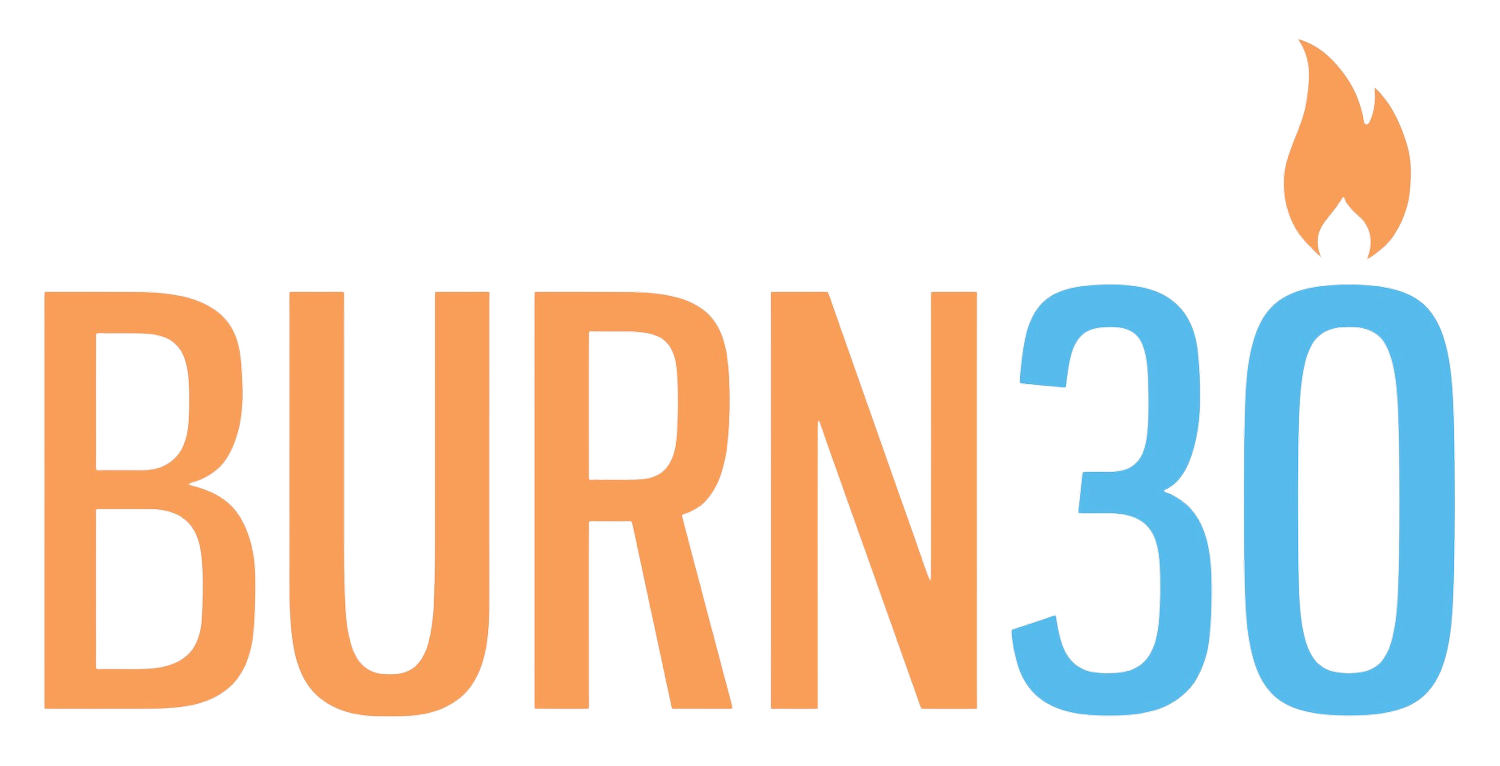Debunking Exercise Myths
When it comes to beginning a fitness journey, it’s important to have all the information you can to make safe and appropriate choices to achieve your goals. Unfortunately, there are a lot of popularized beliefs when it comes to exercise that are actually myths! Here are the top five most common beliefs I come across and what you might want to know about them:
Myth #1: If I’m not sore or sweaty after a workout, it doesn’t count
You might have heard the saying “no pain no gain”. Well, that’s not really true! Being challenged by a workout is not a bad thing, but that doesn’t mean you have to be soaked in sweat or super sore the next day to mean that it actually counted.
An important thing to remember is that there is an important difference between muscle burn and pain. If you start to feel pain during a workout, you need to stop! This is your body’s way of communicating with you. If you continue to push through and ignore the pain, it could lead to injury.
Being super sweaty during or after a workout is not necessarily a good or bad thing. Sweat is simply how your body cools itself. Which means it’s not really a good indicator of how hard you were working.
Remember you can still burn calories, improve your health, and build strength with low intensity exercises even though you might not be sore or sweat a ton.
Myth #2: Lifting Weights will Make you Bulky
In some form or another, this is perhaps the most common myth I’ve heard. From my experience, women tend to be afraid to look bulky or muscley if they lift too heavy in their strength training sessions. Weightlifting does help you build muscle and overall strength, but that doesn’t mean you’ll have bodybuilder muscles. Those folks train hard, for long periods of time, and follow a strict food regiment to achieve that look. It’s like a full-time job!
The point is – no matter what your goals are for your health and body, strength training is important. There are plenty of full body benefits besides the aesthetics, including improving heart health, increasing metabolism, and building stronger bones. I promise – don't be afraid of it!
Myth #3: Cardio is Better for Weight Loss
While cardio is important for your overall health and wellbeing, focusing solely on it might not get you towards your weight loss goals as fast as you’d think. Incorporating strength into your routine is important too. Strength training helps build muscle and, in turn, boosts your metabolism. Which means you end up burning more calories in your day-to-day life as well as during your cardio sessions!
Myth #4: Stretching will Prevent Injuries
Before I delve into this one – yes stretching is important! It helps prepare your muscles for movement and eases your body after to help with recovery. The important part of this myth is that stretching alone will prevent injuries. Because of course good form and proper technique in your workouts are a key element!
Dynamic stretching is a great way to warm up (think leg swings and arm circles, and alternating side bends). This is a more active form of stretching that helps to get your joints ready for movement by working through the joint’s range of motion. Static stretching is better for after a workout, to help lengthen out the muscles and ease tension.
Myth #5: Doing Ab Exercises will Give Me a Six Pack
This myth isn’t just about core exercises, but any exercises that claim to spot reduce or spot train. Workouts that target a specific area – anything from legs to arms to core – aren't a bad thing. They do help you build muscle, but that doesn’t mean that specific area will transform drastically. Focusing only on one area and neglecting the rest won’t get you the results you hope for.
For instance, if you’d like to lose weight in the abdominal area, just doing ab exercises won’t shrink that area. It’ll build strength there, but a mix of full body strength, cardio, and a reduction in caloric intake is what’s going to help encourage weight loss!
Any of these myths surprise you? Any myths I didn’t mention that you’ve learned? Share them below!

